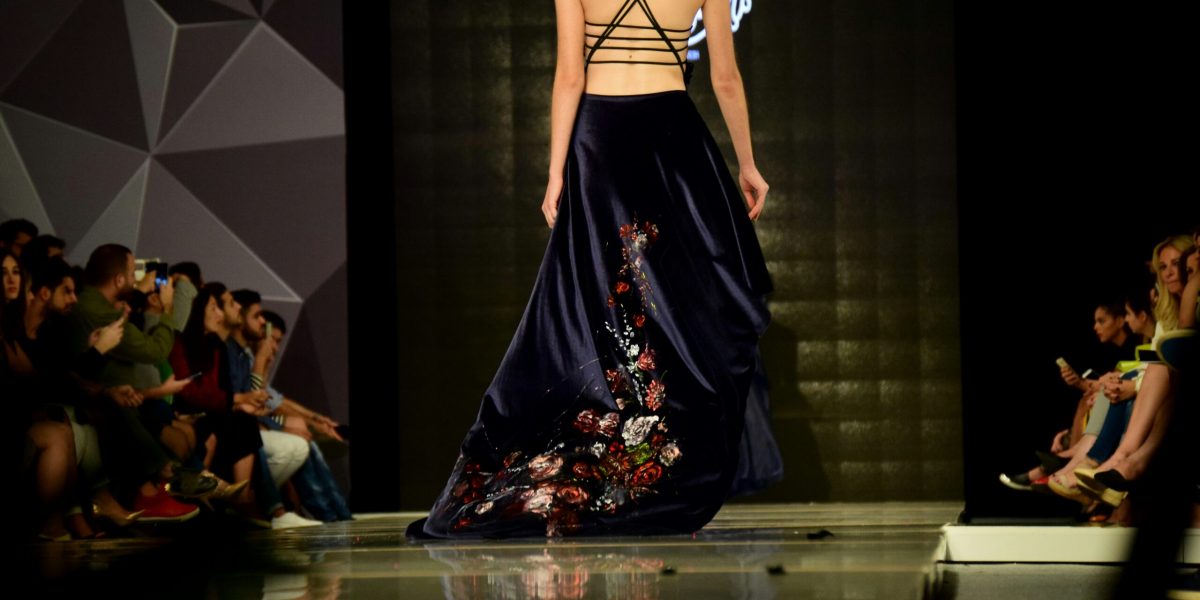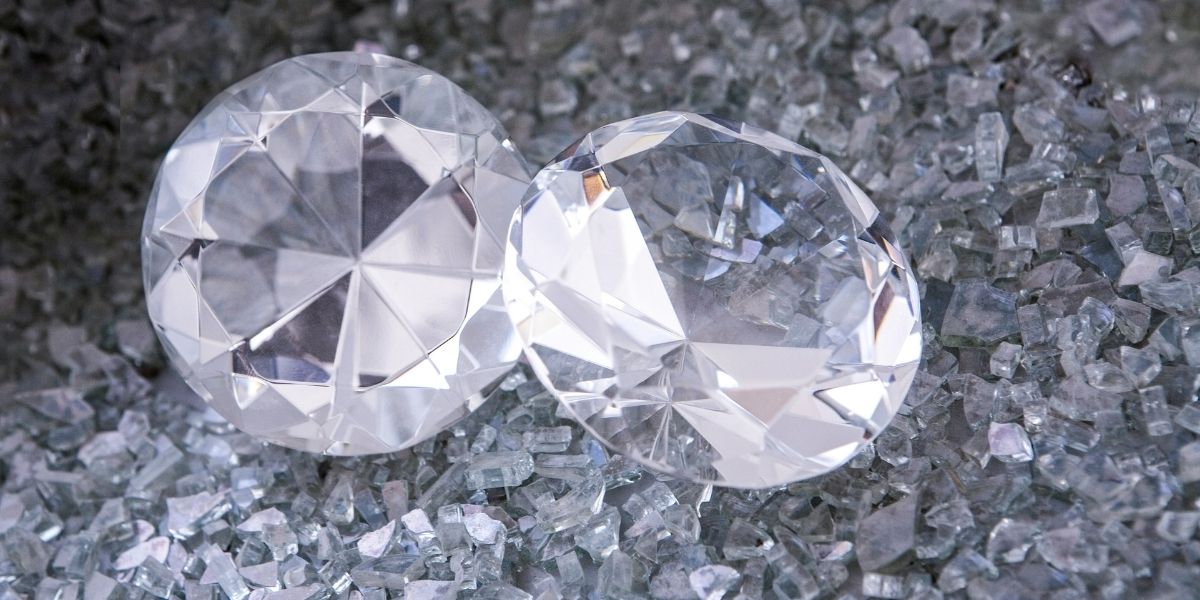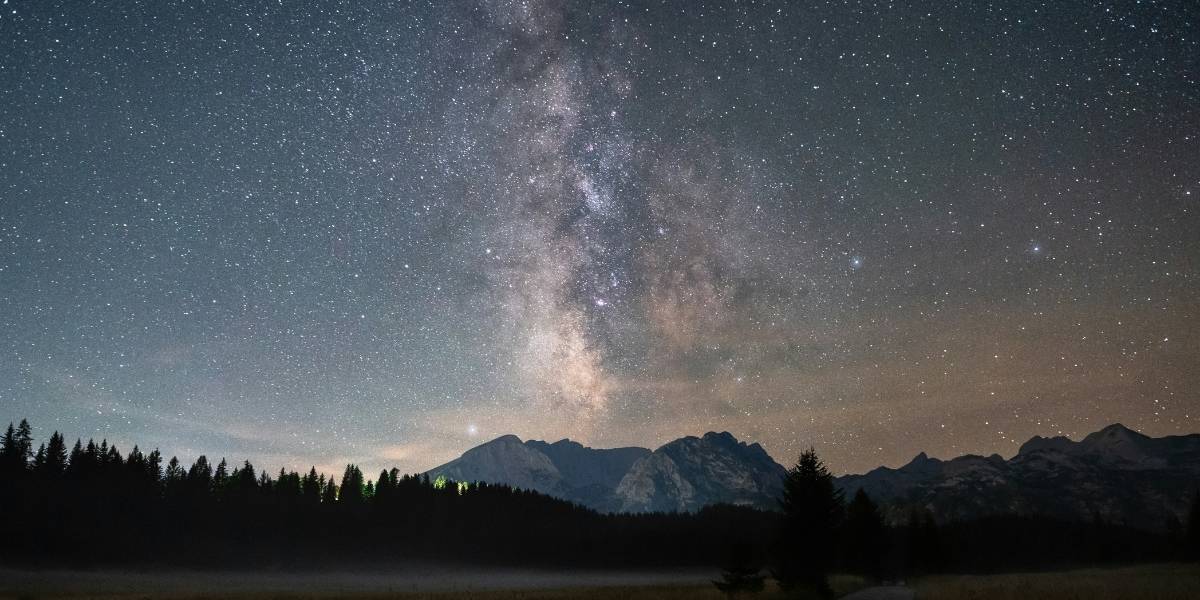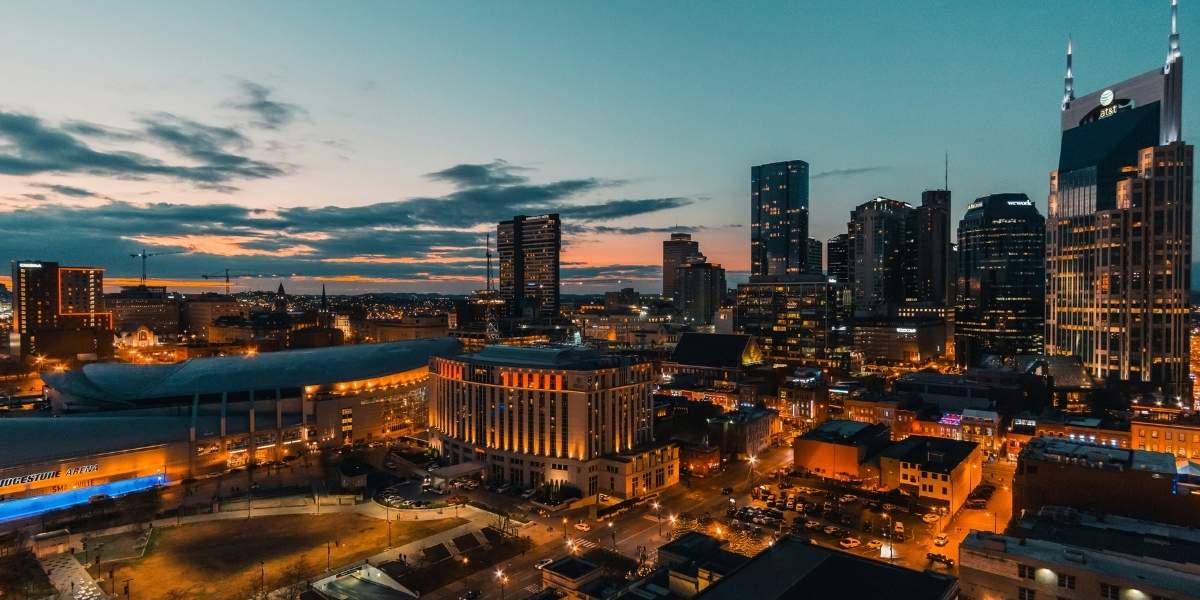Fashion shows are not just events—they are the heartbeat of the fashion industry. They serve as a platform where designers, models, and brands unveil new collections and set the stage for future trends. These high-profile gatherings draw the attention of fashion enthusiasts, influencers, and industry insiders alike. But what makes fashion shows so important, and why do they continue to be a defining force in the fashion world?
Why Are Fashion Shows So Crucial in the Fashion Industry?
Fashion shows act as the cornerstone for launching new styles, designs, and even entire fashion movements. They offer an exclusive first look at the upcoming trends and provide the opportunity for designers to express their creative vision. These events generate excitement, buzz, and anticipation for what’s to come. Designers spend months curating collections, and the fashion show is the ultimate moment to showcase their hard work to the world.
One of the most significant aspects of fashion shows is their ability to set global trends. The designs presented on the runway often become fashion statements that resonate with people across the globe. The clothing, accessories, and even the makeup or hairstyle trends seen on the runway can influence not just the fashion industry but also everyday streetwear. What may have started as avant-garde or experimental designs quickly find their way into mainstream fashion through the influence of celebrities, fashion influencers, and the media.
Fashion shows also provide an invaluable networking opportunity for designers, brands, and manufacturers. Behind the glamour, there’s a significant amount of business taking place. Deal-making, partnerships, and sponsorships are often forged during these events, which helps the fashion industry thrive financially. These events also offer a stage for emerging designers to be noticed by buyers and industry professionals, potentially launching their careers to new heights.
How Do Fashion Shows Shape Consumer Preferences and Industry Innovations?
Fashion shows are pivotal in shaping consumer preferences. When a well-known designer presents their collection on the runway, it often creates a ripple effect throughout the fashion world. This influence extends to media outlets, retail stores, and even social media platforms, where trends are shared, discussed, and adopted by the masses. The social media era has amplified this effect, with influencers and fashion bloggers showcasing these runway pieces to a global audience.
The immediate feedback from these shows—whether through online posts, reviews, or word-of-mouth—creates a dynamic conversation between consumers and the industry. Designers take note of these reactions and often adjust their future collections accordingly. This back-and-forth helps fashion remain dynamic and relevant, with designers constantly pushing the envelope and seeking innovative ways to create something new.
Fashion shows often highlight not just the clothing, but also the innovation in the fashion industry. Sustainability, ethical practices, and technological advancements are becoming more prominent at fashion shows. Designers are experimenting with eco-friendly materials, digital fashion, and even AI-driven designs. These innovations make fashion shows much more than just a display of clothing; they are a window into the future of the industry.
What Role Do Fashion Shows Play in Promoting Diversity and Inclusivity?
Another critical role of fashion shows is their ability to reflect the diversity and inclusivity of the modern world. In the past, runway shows were often criticized for their lack of diversity in terms of race, size, gender, and age. However, over the past few years, many prominent fashion houses have embraced a more inclusive approach, showcasing models of different backgrounds, body types, and ages.
This shift is not just about promoting diversity for the sake of appearance; it reflects a broader cultural change within the fashion industry. Fashion shows now celebrate individuality and self-expression, acknowledging that beauty comes in all shapes, sizes, and colors. By doing so, they not only appeal to a more diverse audience but also encourage other designers and brands to follow suit. This inclusive atmosphere allows fashion to resonate with a broader demographic, making it more accessible and reflective of society’s evolving standards of beauty.
How Has the Digital Era Transformed Fashion Shows?
The digital age has had a profound impact on the way fashion shows are conducted and consumed. What was once an exclusive, invite-only event now has a global reach, thanks to the rise of streaming platforms, social media, and digital marketing. Fashion shows can now be streamed live across the world, allowing people who might never have set foot in a fashion capital to experience the excitement and glamour from the comfort of their homes.
Social media platforms like Instagram, TikTok, and YouTube have completely transformed the way we experience fashion shows. Influencers and fashion enthusiasts can now live-stream events, post behind-the-scenes content, and share runway highlights with millions of followers. This level of accessibility has opened the door for smaller designers to gain exposure and interact with a global audience, creating more opportunities for new voices in the industry.
Fashion shows have also embraced new technologies to further enhance the experience. From virtual reality (VR) to augmented reality (AR), designers are experimenting with new ways to showcase their collections in innovative ways. These technologies allow viewers to experience fashion in a completely different format, making the event even more engaging and interactive. Digital fashion shows also open the door to a more sustainable model by reducing the carbon footprint of travel, as many of these shows can be accessed from anywhere in the world.
How Do Fashion Shows Reflect Cultural and Social Movements?
Fashion shows are more than just about clothes—they are also a reflection of the cultural climate and social movements of the time. Over the years, many designers have used their collections to make bold political statements or to highlight important issues, such as gender equality, environmental concerns, and racial justice. The runway has become a platform for designers to express their values and spark conversation on important topics.
This connection between fashion and culture is particularly evident during major events like New York Fashion Week or Paris Fashion Week, where collections often push the boundaries of traditional fashion and address issues that are prevalent in the world today. For example, some collections have featured designs that draw attention to the effects of climate change, while others focus on gender-neutral or inclusive fashion. By doing so, fashion shows serve as a cultural barometer, influencing public perception and inspiring change within the industry and beyond.














